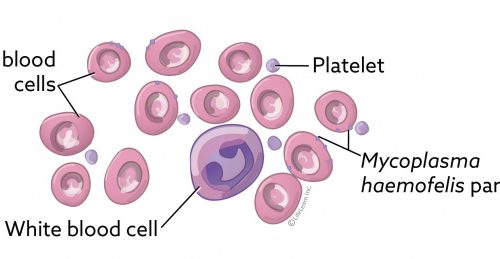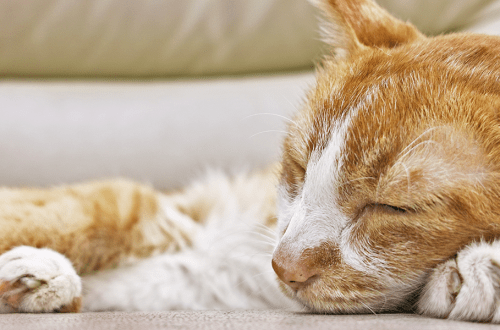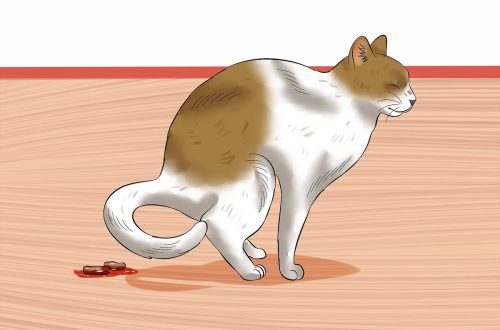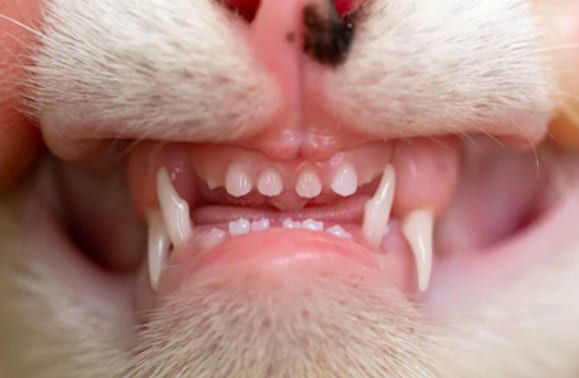
Change of teeth in cats: when do milk teeth fall out?
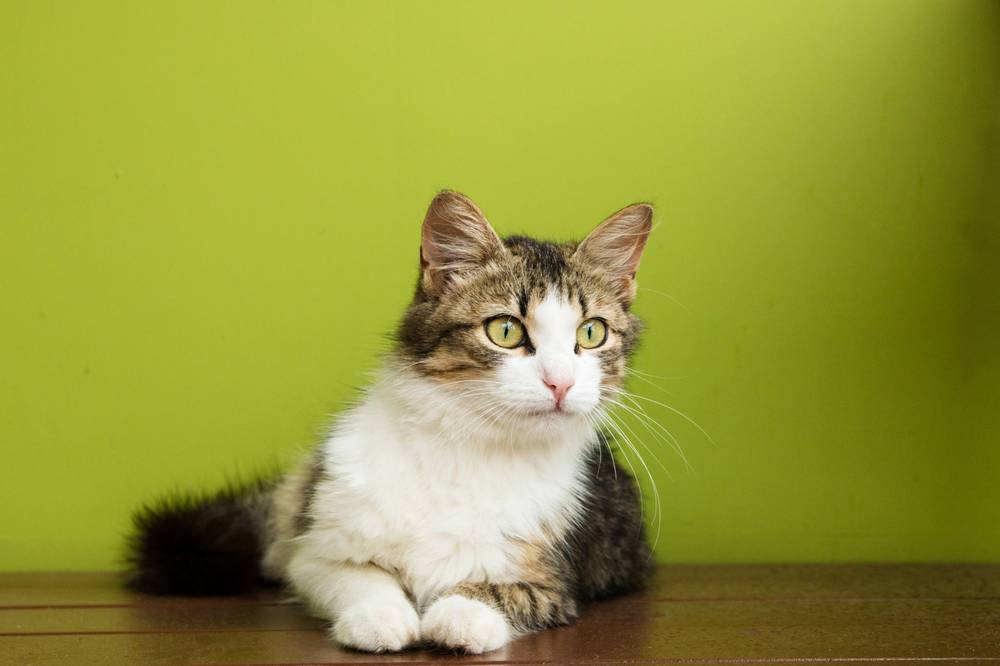
There are 4 types of teeth in cats: incisors, canines, premolars and molars. Each type of tooth performs a specific function in the process of grasping, holding, chewing, grinding or extracting food. In total, cats have 26 temporary and 30 permanent teeth. Contrary to popular belief, milk teeth also have roots, they are just thinner and longer than permanent teeth. Milk teeth tend to be smaller, thinner and sharper than permanent teeth.
Newborn kittens have no teeth, the first milk teeth begin to appear at two weeks of age.
Cutters
The front teeth, which are located between the fangs. They are designed to cut and capture food, and are also actively used by cats in grooming. Milk incisors appear in kittens at the age of 2-3 weeks. In total, cats have 12 incisors – 6 each on the upper and lower jaws.
Fangs
Teeth for grasping prey, they allow deep or through penetration of prey or food. Also, fangs have another important function – protective, they are used in collisions with relatives or other animals. Milk fangs in kittens erupt at the age of 3-4 weeks. In total, cats have 4 fangs – two each on the upper and lower jaws.
Premolars and molars
Teeth for holding and carrying prey, and also with their help, grinding and grinding of food occurs. Milk premolars appear at the age of 3 to 6 weeks. Molars do not have milk predecessors – permanent molars grow in 4-5 months. Cats have 6 premolars on the upper jaw (3 on each side) and 4 on the lower jaw (2 on each side). There are only 4 molars in cats – 2 in the upper jaw and XNUMX in the lower. Molars are the most distant teeth.
Change of teeth
The change of teeth begins at 3-4 months: the permanent incisors appear first, then at 4-5 months the permanent canines erupt, the change of premolars continues from 4 to 6 months of age, and the molars grow by 5 months of age. As the permanent teeth grow, the milk teeth are forced out and fall out; by 7 months, the kitten should have a full set of permanent teeth – 30 pieces. All milk teeth should have fallen out by this time. If they are “delayed”, there may be abnormal growth and position of permanent teeth, which can lead to malocclusion and various dental problems in the future. That is why it is recommended to remove the remaining milk teeth in a timely manner.
Changing teeth and vaccination
The vaccination schedule is calculated from the moment the first vaccine is administered and on which set of vaccines is needed for each particular animal. It does not depend in any way and is not connected with the process of changing teeth, so vaccination can be carried out even during the change of teeth.
Photo:
The article is not a call to action!
For a more detailed study of the problem, we recommend contacting a specialist.
Ask the vet



